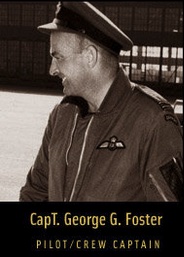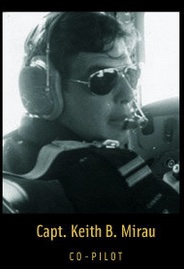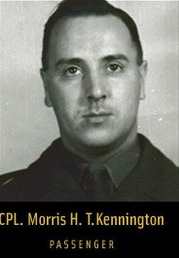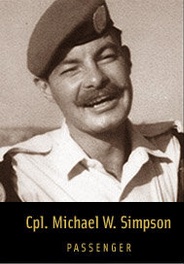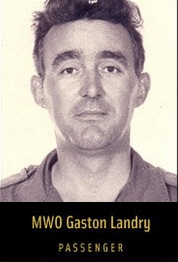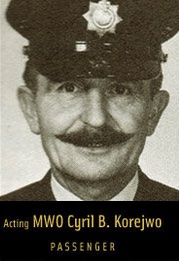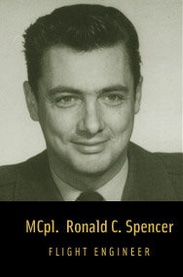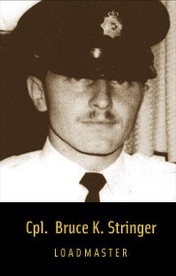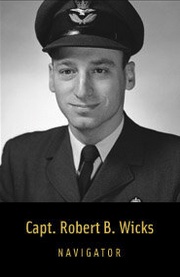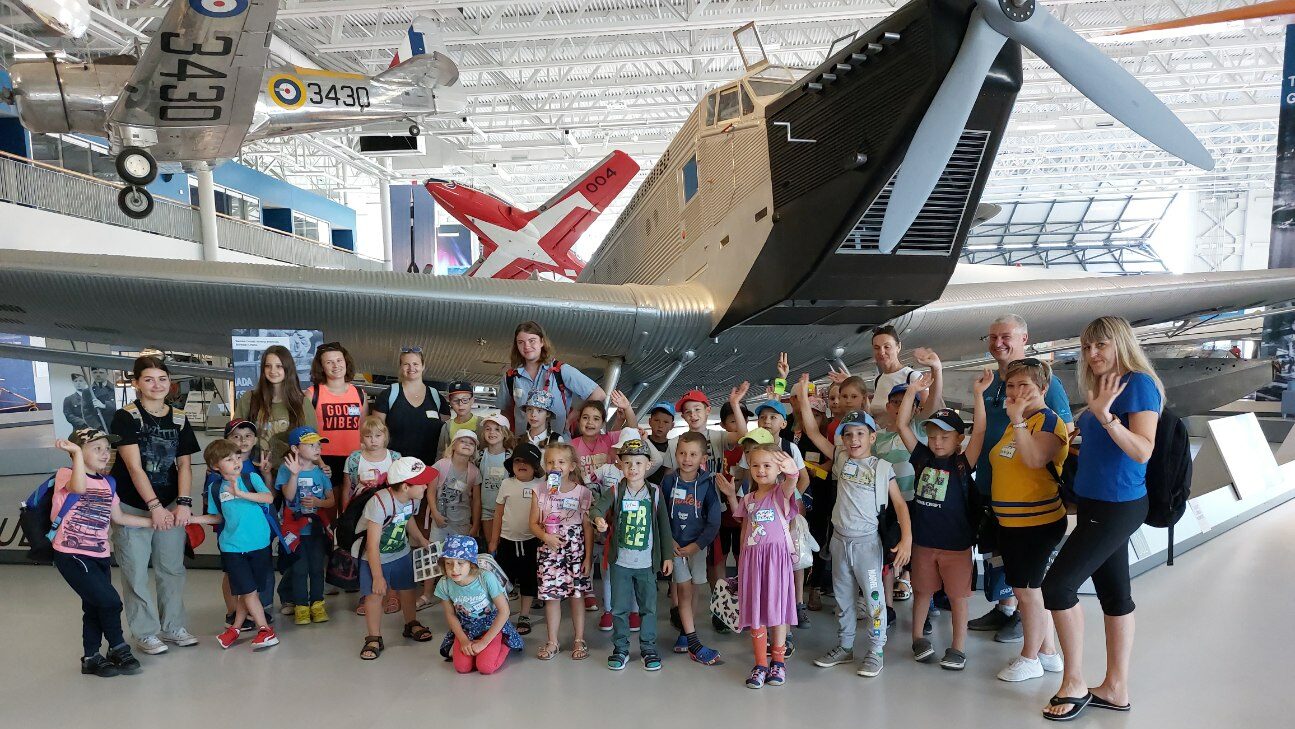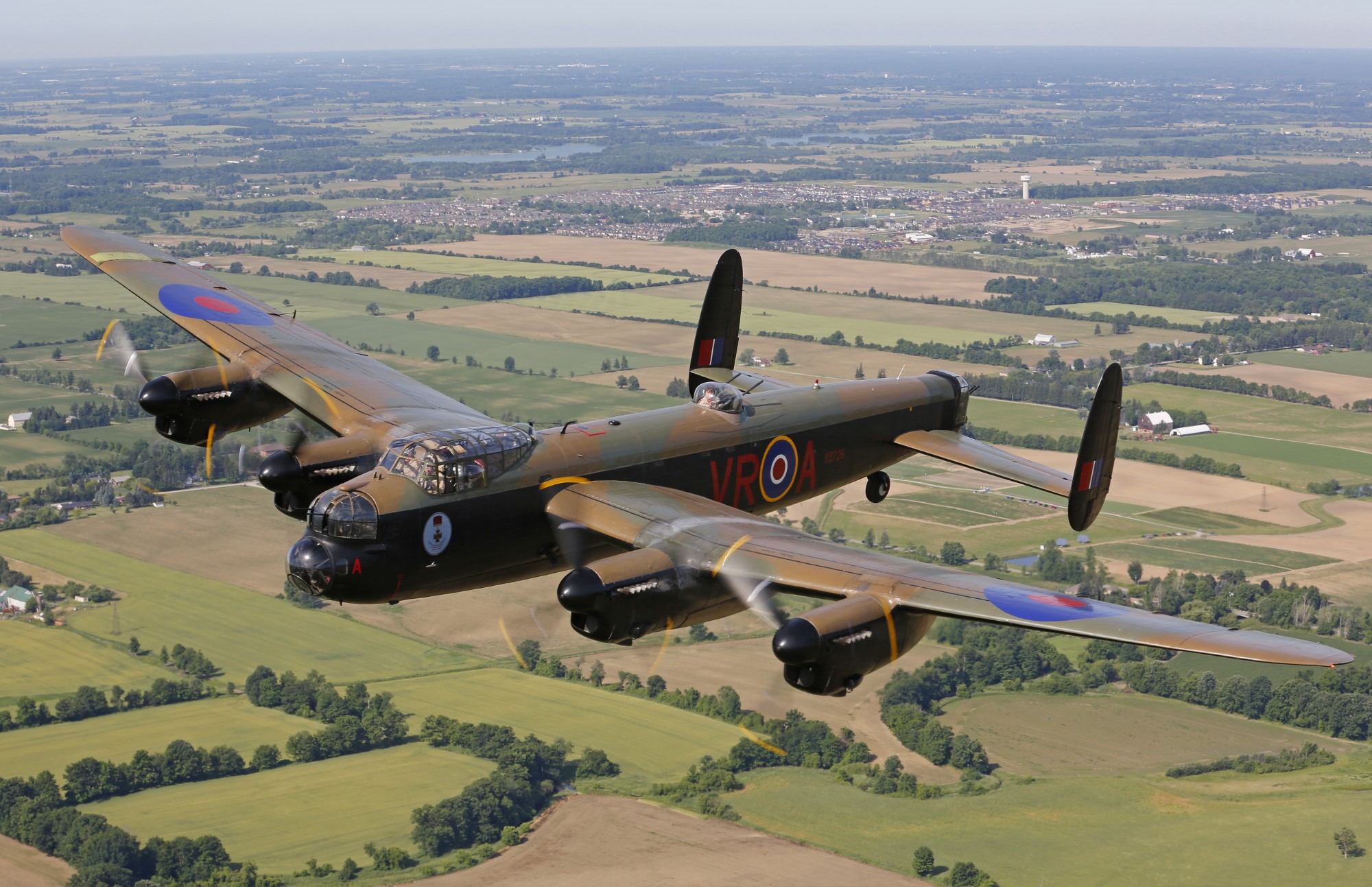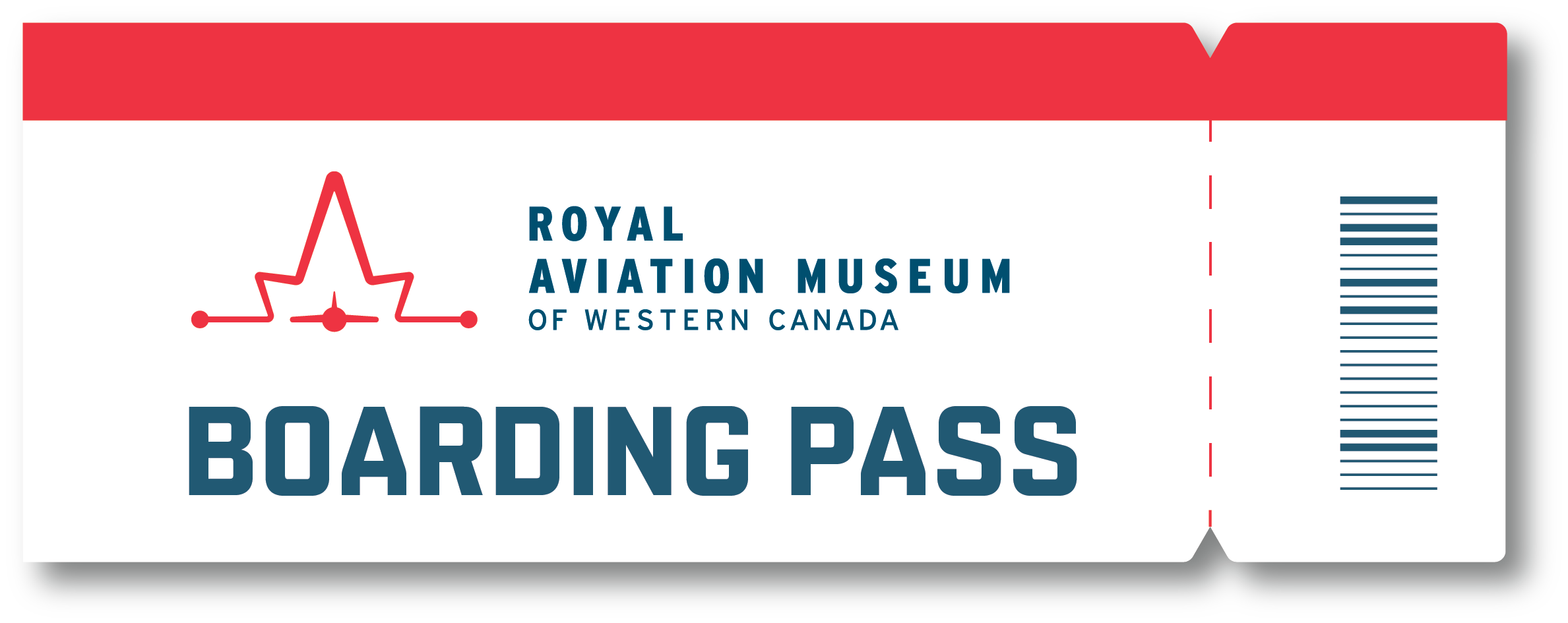July 31, 2023
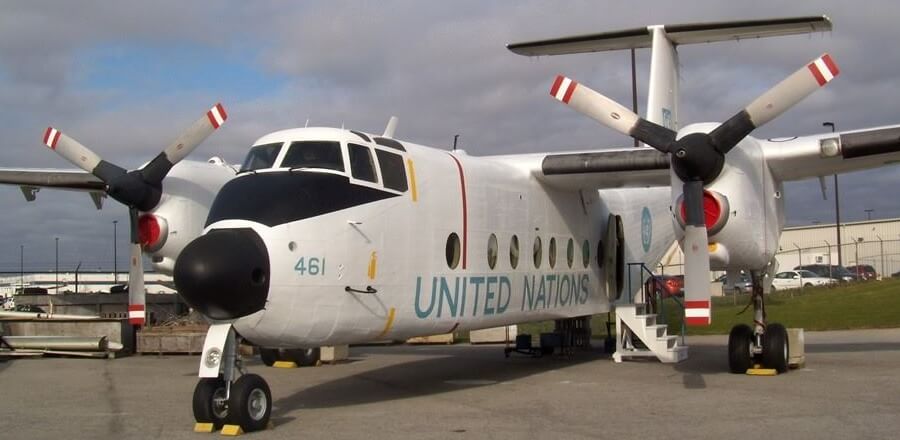
In 1974, Canadian peacekeeping troops were posted to the Golan Heights—an area between Syria and Israel—to aid United Nations troops.
Tensions were high in the Middle East. A year prior, during the Yom Kippur War of 1973, Syria and Egypt attempted to regain control of territory that Israel had captured in 1967. Included in this area was the Golan Heights.
Canada’s primary role was to provide logistical support for the UN troops. This included scheduled daily transport flights between Ismailia, Egypt and Damascus, Syria, six times a week.
These flights had to take a convoluted route to avoid flying over Israeli airspace. The routing took pilots out over the Mediterranean, 50 nautical miles (nm) offshore, then back inland just south of Beirut to cross the Syrian border 25 nm east of Damascus.
On August 9, 1974, a Syrian missile attack shot down a Canadian Armed Forces plane during one of these transport flights. The aircraft that fell was de Havilland Canada (DHC) Buffalo, 115461. Nine Canadian peacekeepers dubbed the Buffalo Nine, were killed.
The nine victims of Buffalo 461
The nine victims of the missile attack were Captain George G. Foster, First Officer Captain Keith B. Mirau, Corporal H. T. Kennington, Corporal Michael W. Simpson, Master Warrant Officer (MWO) Gaston Landry, acting MWO Cyril B. Korejwo, Master Corporal Ronald C. Spencer (flight engineer), Corporal Bruce K. Stringer (loadmaster), and Captain Robert B. Wicks (navigator).
In 2008, the Government of Canada chose August 9 to mark National Peacekeepers’ Day.

